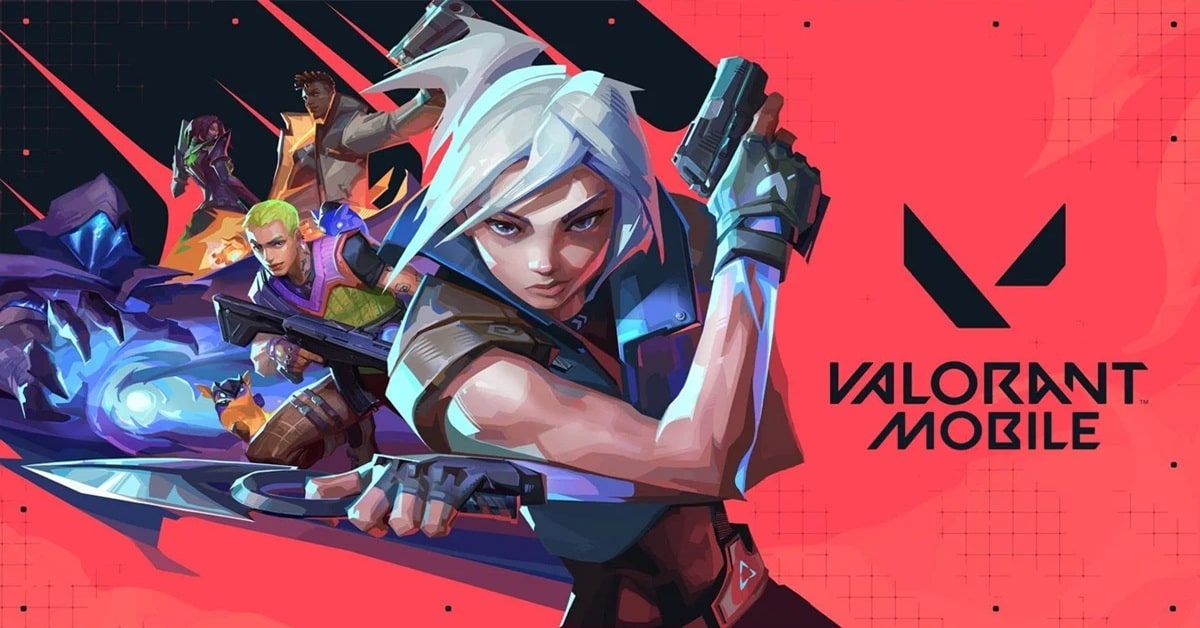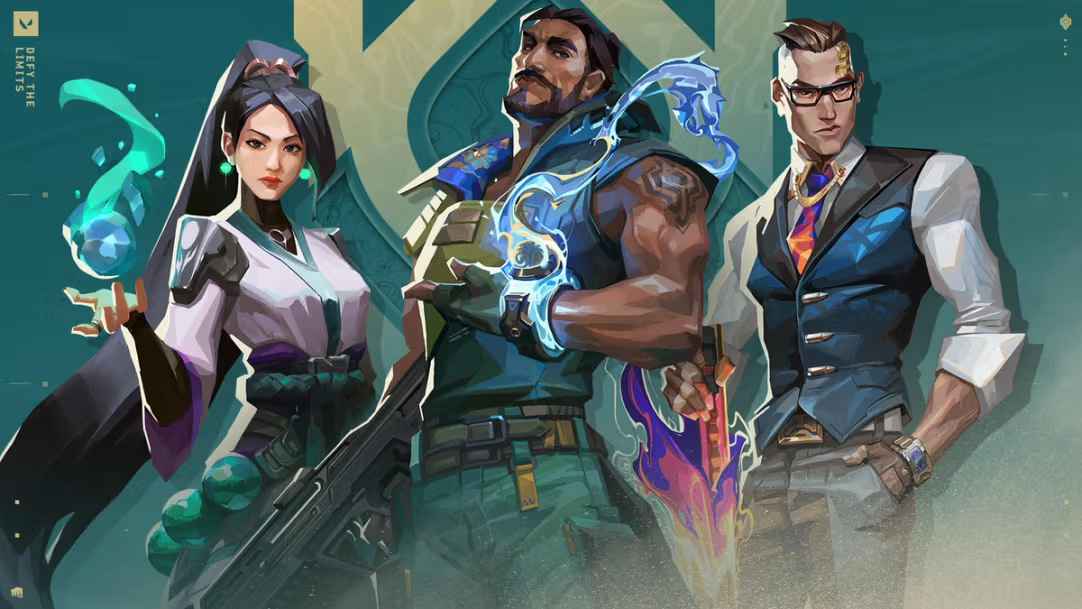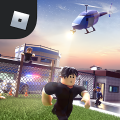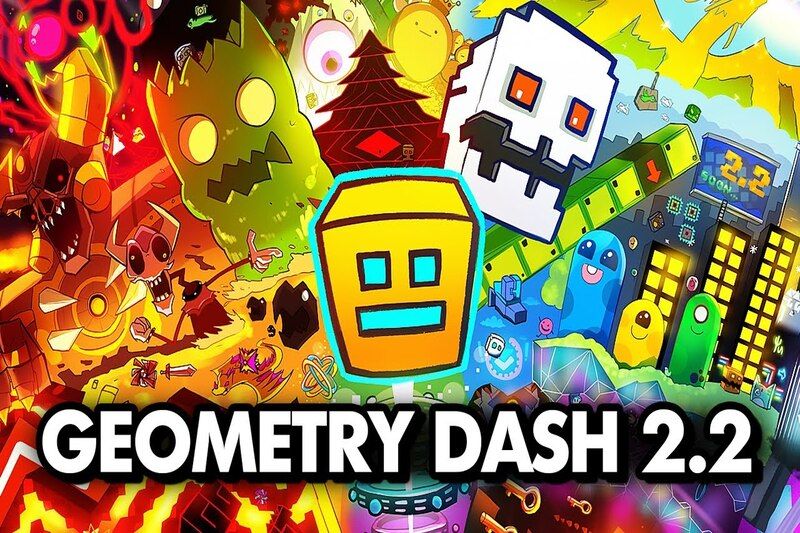Popular Now
Introduction
Valorant, developed by Riot Games, has quickly become one of the most competitive tactical FPS games in the world. With a unique combination of Counter-Strike-style gunplay and Overwatch-like agent abilities, the skill ceiling is incredibly high. Whether you're stuck in Iron or pushing Immortal, improvement in Valorant requires discipline, strategy, and consistent practice.
This comprehensive guide breaks down a step-by-step improvement path. Each section builds upon the previous, helping you transition from casual play to competitive dominance. Let’s level up your game sense, aim, teamwork, and more.
1. Master the Basics: Movement, Shooting, and Crosshair Placement
At the heart of Valorant is precise gunplay. Unlike traditional shooters, movement significantly affects bullet accuracy. Learning how to shoot while stationary is one of the first steps to improvement.
Key skills to focus on:
-
Always stop moving before firing (counter-strafing with A/D is crucial)
-
Use walking (Shift key) to remain silent and less detectable
-
Learn to crouch during spray to manage recoil in tight situations
-
Place your crosshair at head level and pre-aim common angles
Many beginners shoot while moving or look at the ground while walking. Fixing these two habits can instantly improve your duels.
2. Choose the Right Agent and Learn Their Role
Valorant has five main agent roles: Duelists, Initiators, Sentinels, Controllers, and now a few hybrids. Each has a unique job and impact on the game.
Choosing the right agent involves:
-
Picking a role that matches your playstyle (aggressive vs. supportive)
-
Learning their abilities thoroughly, including range, cooldowns, and best-use scenarios
-
Understanding when to use utility during rounds (e.g., using flash before peeking)
Start by mastering 1–2 agents instead of trying to use every character. Familiarity leads to better ability usage and smarter decision-making.

3. Improve Your Aim with Consistent Training
Valorant is a precision shooter. Raw aim is often the difference between winning and losing fights. Aim trainers like Aim Lab or KovaaK's can help, but Valorant’s in-game range is also very effective.
Daily warm-up routine:
-
10 minutes of headshot-only bots in Practice Range
-
5–10 rounds of Deathmatch (focus on head level and movement)
-
Use crosshair training maps (like Aim Lab in Valorant) to fine-tune reaction speed
Remember: Don’t just shoot for volume—shoot with intent. Track progress and adjust your sensitivity settings if needed. Many top players use low DPI (400–800) and low sensitivity for better control.
4. Learn Map Knowledge and Callouts
Understanding each map is vital for positioning, rotations, and outplaying opponents. Valorant maps are designed with multiple layers, verticality, and unique callouts.
To improve map awareness:
-
Memorize all callouts on each map (A Short, B Main, Heaven, Elbow, etc.)
-
Learn common hiding spots, wallbangs, and off-angles
-
Watch minimap frequently and rotate based on teammate info
Studying pro gameplay or custom map guides on YouTube can dramatically speed up your learning curve.
5. Master Utility Usage and Timing
Abilities in Valorant can control space, force rotations, or create opportunities. But poor utility usage can be more harmful than helpful.
Key concepts:
-
Flash timings: Avoid blinding teammates or flashing too early
-
Smokes: Use to block sightlines or fake control of a site
-
Recon abilities: Reveal enemies safely without risking your body
-
Post-plant utility: Save certain abilities for defending after planting the spike
Don’t spam utility at the start of every round. Smart usage at critical moments can completely change the round’s outcome.
6. Play with Communication and Team Strategy
Valorant is a team-based game. Effective communication is often the dividing line between good and great players.
Improve team comms by:
-
Giving short, clear callouts (e.g., “2 B Main, one low HP”)
-
Sharing utility plans before executing (e.g., “I’ll smoke CT and Heaven”)
-
Avoiding toxic language—even in frustration
-
Listening as much as you talk
If possible, queue with friends or use a mic. Non-verbal cues like pings and in-game text can also help if you're solo queuing.
7. Understand the Economy and Buy Rounds Smartly
Valorant features an economic system similar to CS:GO. Managing credits smartly allows for better full-buys, utilities, and even comeback opportunities.
Basic economy tips:
-
Don’t buy every round—know when to eco, half-buy, or force
-
Communicate with teammates to buy together and coordinate strategies
-
Save a weapon if the round is lost but your gun is valuable
-
Learn the concept of bonus rounds after a successful pistol round
Improper economy decisions can snowball into multiple lost rounds. A well-managed economy gives your team a strategic edge.
8. Watch and Analyze Your Replays
Self-review is one of the most underused methods for improvement. Watching your own gameplay helps identify mistakes you didn’t notice in the moment.
How to analyze a match:
-
Use Valorant’s built-in replays or record with OBS
-
Focus on decision-making more than aim
-
Ask: Why did I die? Was there a better rotation? Did I peek too wide?
-
Notice when you used utility and if it helped or hindered your team
Even one weekly self-review session can expose habits and patterns you can break.

9. Play Competitive with Purpose, Not Just Volume
Many players believe that grinding more games equals more improvement. In reality, it’s about quality, not just quantity.
How to play smarter ranked matches:
-
Play in short, focused sessions (2–3 matches max at a time)
-
Take breaks after bad games to reset mentally
-
Set goals per game (e.g., “Don’t overpeek”, “Use my ult on entry”)
-
Play to learn, not just to win
Climbing ranks is a result of small, consistent gains. Stay mindful of your learning and you’ll rank up naturally.
10. Stay Mentally Strong and Avoid Burnout
Valorant can be mentally exhausting, especially during losing streaks. Tilt and frustration hurt your focus and decision-making.
Maintain a strong mindset by:
-
Accepting that losses are part of the learning curve
-
Muting toxic players or turning off chat when needed
-
Taking days off from ranked to avoid burnout
-
Balancing Valorant with other games or activities
The strongest players aren’t just skilled—they’re also emotionally resilient. Stay positive, and improvement will follow.
Conclusion
Getting better at Valorant is a journey that combines mechanics, map knowledge, strategy, teamwork, and mental resilience. Each part of this guide builds upon the last—starting with basic aim and movement, progressing through agent mastery and utility usage, and ending with advanced strategies like economic control and self-review.
No matter what rank you are, daily practice and reflection are your greatest tools. Valorant is designed for growth—you just need to embrace the process. With consistency, patience, and smart practice, you'll be climbing the ranks and winning more games in no time.

















